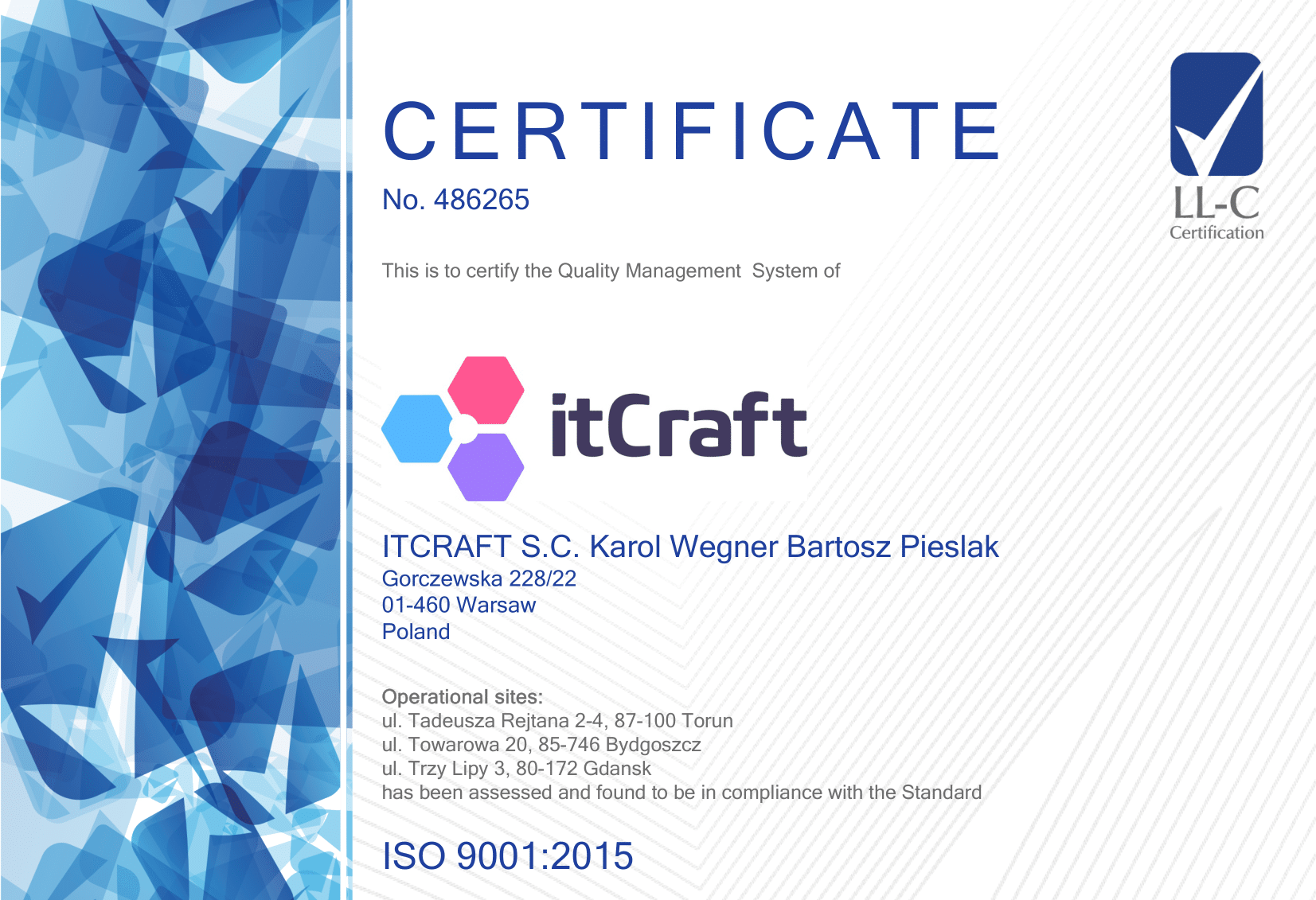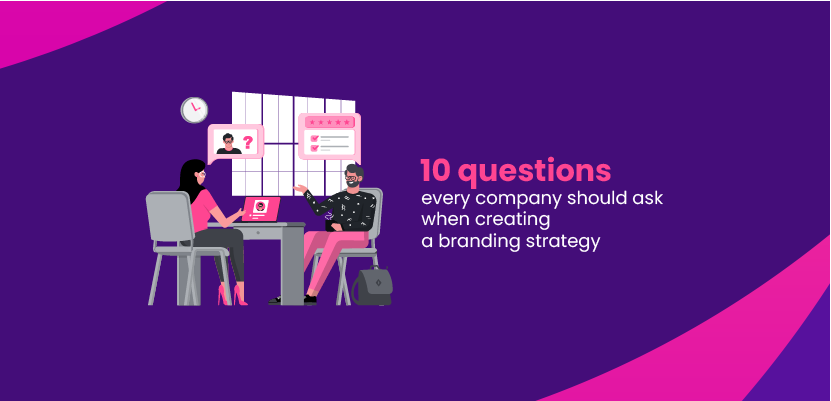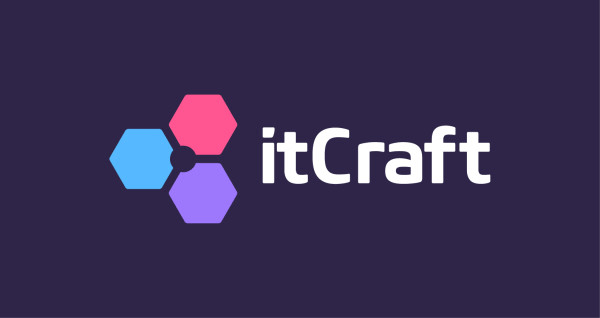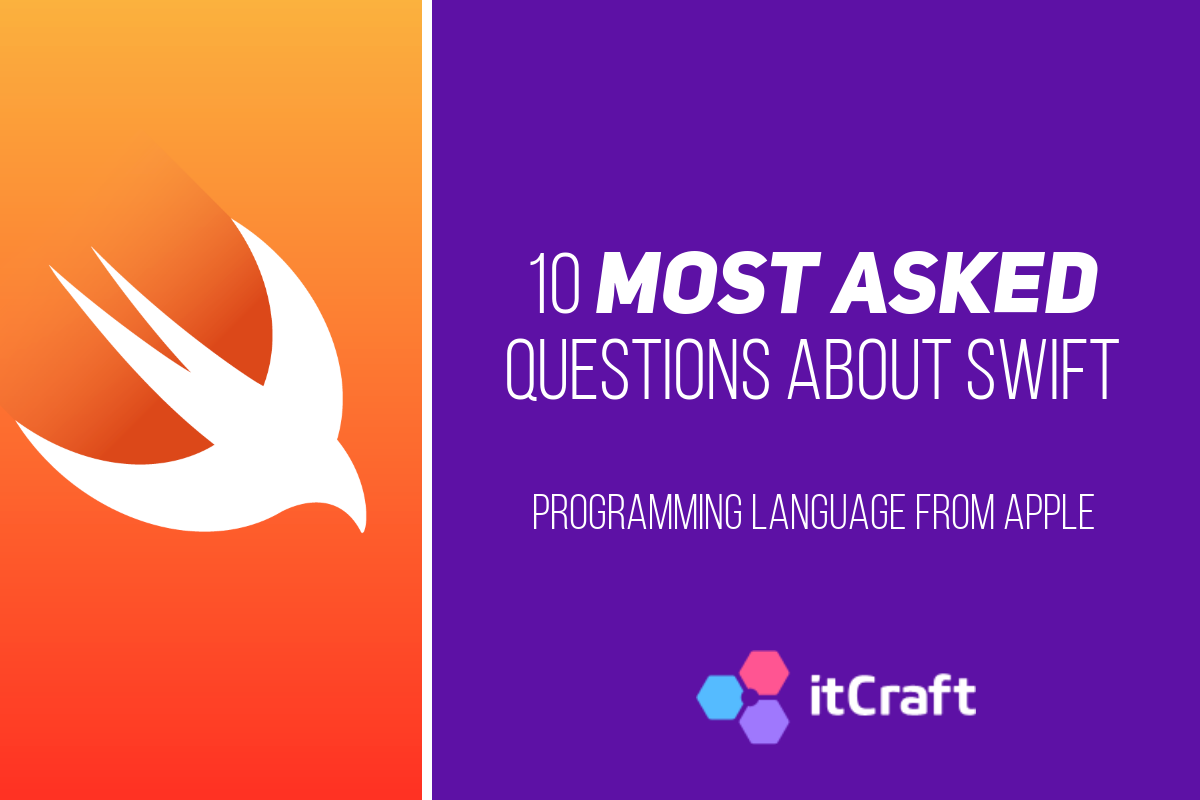ISO9001:2015 – is it still relevant? Was it worth getting certified?

Paulina Chmielewska

Agnieszka Uznańska

Karol Wegner

After months of preparations and hard work of itCraft’s team, we are proud to announce that we have obtained the PN-EN ISO 9001: 2015 certificate, confirming that we meet the international quality management standards. We see this as a significant step in our development and so would like to share the story of this experience.
Table of contents
- ISO 9001 – what is it?
- What value does ISO 9001 bring to the organization?
- How did you start working on getting the ISO 9001 certification?
- Was obtaining ISO 9001 certification a difficult process?
- In your opinion, does itCraft deserve the certificate?
- Did you face any hurdles in getting the ISO 9001 certification?
- How would you rate the implementation of the ISO9001 from a Project Manager’s perspective?
- What did you learn during this task?
- What happens now that itCraft is ISO 9001:2015 certified?

ISO 9001 – what is it?
The ISO 9001: 2015 is a Quality Management standard for enterprises issued by an authorized body (in Poland it’s PCA – the Polish Center for Accreditation). I talked about the implementation of the standard to Agnieszka Uznańska – itCraft’s head of projects, and Karol Wegner – the company’s cofounder.
ISO 9001 is a widely recognized standard confirming that an enterprise’s Quality Management System conforms with internationally accepted formal specifications. The implementation of the requirements benefits both the enterprise and its clients in a number of ways.
Internally, ISO9001 provides the following advantages:
- Unification of key areas of the company’s operations, i.e. sales, production, planning, etc.,
- Maintaining consistency of processes and procedures within the company
- Clearly formulated procedures for the performance of activities and related procedures,
- Increasing the efficiency of internal communication, accelerating the flow of information and minimizing communication interference,
- Increasing the effectiveness of the decision system,
- Guarantee of transparent rules regarding data obtained during monitoring and measurement of services or production, and their continuous improvement,
- Introduction and maintenance of regulations regarding the repeatability of products or services, which translates directly into customer satisfaction and reducing the number of complaints,
- Maximizing the effectiveness of implementing the company’s assumptions and goals,
- Introducing the principle of continuous staff development and monitoring the effectiveness of this process.
The external benefits of obtaining ISO 9001 certification include:
- Improving the company’s image, for a reliable entity that respects international standards,
- Increase in competitiveness and the possibility of expanding operations on both domestic and foreign markets,
- Better chances in tender processes – often one of the requirements is to have ISO 9001 certification,
- Gaining trust of both current and potential clients, contractors and business partners,
- Faster and more accurate response to market needs,
- Perception of the organization as ordered and trustworthy.
Here’s how the implementation of the standard looked like in practice, from our own perspective. Agnieszka, itCraft’s Head of Projects, and Karol – our CEO talk about the idea and the process of obtaining the certification.
What value does ISO 9001 bring to the organization?
Agnieszka: Although the implementation of the standard in itCraft was in the pipeline for quite a while, we recently decided to fasttrack the process due to one of clients’ specific requirements. Our main goal was in fact gaining the ability to work as an IT services provider for companies involved in tender processes for government contracts. As for general value, all our customers gained assurance of working with a company officially verified to have a Quality Management System in place, that meets international standards. ISO 9001:2015 certification provides assurance of process transparency and accountability. For our future clients it’s a good indication that their projects will be implemented according to standards and in good quality.
What we also got from the implementation, was a confirmation that our processes meet, and in fact and exceed globally accepted standards.
Karol: Without the appropriate management, documentation and processes, we would not have obtained this certification. That is why the certificate itself is only a formal confirmation of the quality our customers are getting when working with itCraft.
The work on standardization of our production processes had already began a few years ago, as a result of the decision to bring our Quality Control and documentation procedures in line with global standards, expected from IT services providers. Obtaining the ISO 9001:2015 certificate itself was the final stage of our efforts, and a proof that they didn’t go to waste.
The plan was completed this year by obtaining the ISO certificate, of which we are very proud. The biggest thanks go to our team and Agnieszka Uznańska, who as Head of Projects at itCraft was responsible for the process of validating our work organization in terms of ISO requirements.
How did you start working on getting the ISO 9001 certification?
Agnieszka: We started by analyzing the requirements for the standard. It turned out that the processes that we already had in place were largely in line with these requirements, making the implementation much more straightforward. We still used external consultancy to help us prepare all the required documentation, and pick the right certification body. We also prepared a training plan for internal auditors who will be monitoring the compliance of our processes with the standard.
Was obtaining ISO 9001 certification a difficult process?
Agnieszka: Obtaining the certificate is the result of systematic and meticulous work on identifying processes, documenting them, distributing responsibilities and involving the right people in preparing the documentation of the indicated scope.
The process is not difficult as such, but did require strategic planning, setting of goals, long discussions and analysis of the company’s current state, the processes in place, the employees and clients’ needs. We had to identify our requirements, describe them, set measurable progress stats and indicators that would tell us if everything was going according to plan. All this required some minor changes to be introduced in order to properly monitor our progress.
One thing that did give us a headache was the language of the standard’s official requirements documentation. We were quite unfamiliar with some of the expressions and it took a moment to translate them into something more approachable in an IT environment. Adjusting our documentation to the standard’s requirements took a bit longer than initially expected.
In your opinion, does itCraft deserve the certificate?
Agnieszka: Of course we do. Actually, the preparation of documentation and the process of auditing and certification was just a formality. The implementation of ISO 9001:2015 is not a revolution for our organization, more like business as usual. The certificate, apart from being an official confirmation of our competencies, has shown us that we have been properly managing quality for quite a while now, but now we actually have it confirmed officially in writing 😉
Did you face any hurdles in getting the ISO 9001 certification?
Agnieszka: I can’t recall any serious issues. All works were thoroughly planned from the very beginning, everyone involved knew their job and the expected deadlines. I myself coordinated the whole process, which included helping others in preparing the required materials.
I’d say that setting up the date for the certification audit was an issue, as the one proposed initially collided with an important project launch. Karol, our CEO was involved in it, and we really wanted him to be there during the audit as well. We eventually managed to solve this, and agree a date to make it all work out as planned.
How would you rate the implementation of the ISO9001 from a Project Manager’s perspective?
Agnieszka: I think that we implemented this “project” very efficiently. The main difficulty was in the unusual nature of the implementation. We weren’t quite sure how readjusting and reorganizing of processes will affect our employees, but in the end, as I mentioned before, it was business as usual.
Everyone involved in preparing the documentation were thoroughly engaged, and aware of the high priority of the project for the growth of our organization. We set ambitious deadlines, but managed to prioritize accordingly and in the end, deliver on schedule.
What did you learn during this task?
Agnieszka: During this process, I learned how to prepare formal documentation that complies with the requirements of the standard. As it differs quite a bit from the typical IT project documentation, I find this a valuable lesson. Now I, and others in itCraft who prepare documentation know how to do it in a way that it both complies with the standard and individual project requirements.
As for the ISO 9001 standard itself, it’s written in general terms, giving you the ability to adapt it to your own environment and needs. It is very important to learn from generally accepted standards about what is important in a given place and time for our organization.
What happens now that itCraft is ISO 9001:2015 certified?
Agnieszka: The certificate is issued for 3 years. Now we will be audited once a year for compliance with the standard. In about a year we expect to have the issuing body to grace us with their presence to see if we’re sticking to the standard.
Before it happens, we plan to schedule our own internal audits, with the aim of monitoring the standard compliance of various areas of our company . As for the future, we are planning to obtain certifications of compliance with other, both global and European standards, which would be beneficial for us.




